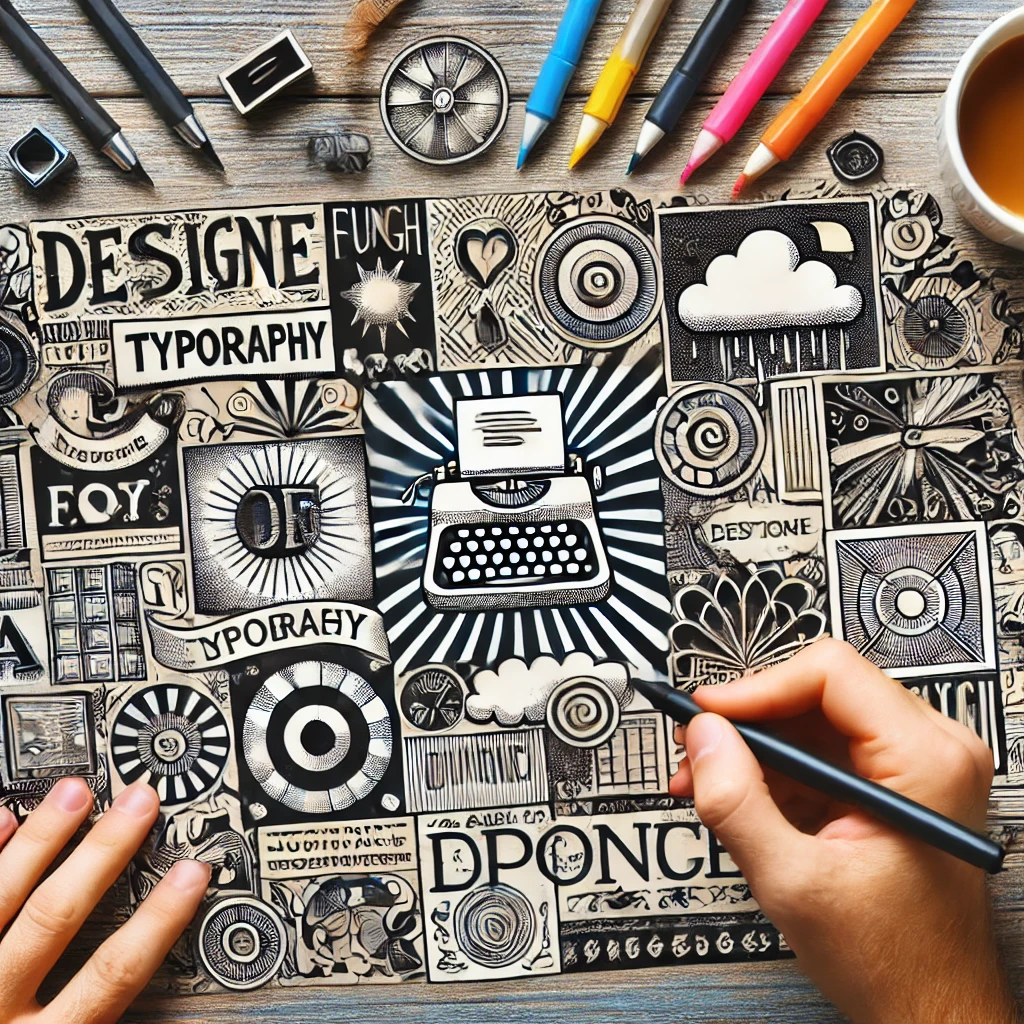
Typography, the art of arranging text, is a vital element in design that goes beyond mere aesthetic appeal. It plays a critical role in conveying the message and tone of the content. From posters to websites, the choice of font style can either enhance or detract from the design’s effectiveness.
The Basics of Typography
Typography involves selecting typefaces, adjusting their sizes, spacing, and ensuring that the text is legible and visually appealing. There are two main types of fonts: serif and sans-serif. Serif fonts, which have small lines at the ends of letters, are often considered more traditional and are commonly used in print media like books. Sans-serif fonts, on the other hand, have a modern, clean look and are widely used in digital media.
Typography and Hierarchy
Creating a clear hierarchy in text is essential for effective communication. Hierarchy refers to the arrangement of text in a way that guides the reader’s eye through the content. Designers use different font sizes, weights, and styles to emphasize key information. For example, headings are typically larger and bolder than body text, making them stand out.
Fonts and Emotion
Much like color, typography can evoke emotions and set the tone of the content. A bold, angular font may convey strength and confidence, while a delicate, cursive typeface might evoke elegance or femininity. Understanding the emotional impact of fonts helps designers align their choices with the message they aim to communicate.
Legibility and Readability
While the aesthetic of a font is important, legibility should never be sacrificed. A beautifully designed font is useless if it’s difficult to read. Designers must consider factors like line spacing, letter spacing, and font size to ensure that the text is clear and easy to consume, especially in long-form content like articles or websites.
In conclusion, typography is not just about making text look good—it’s about making the message clear and engaging. The right combination of fonts can enhance the overall design, guiding the viewer’s attention and evoking the desired emotional response.